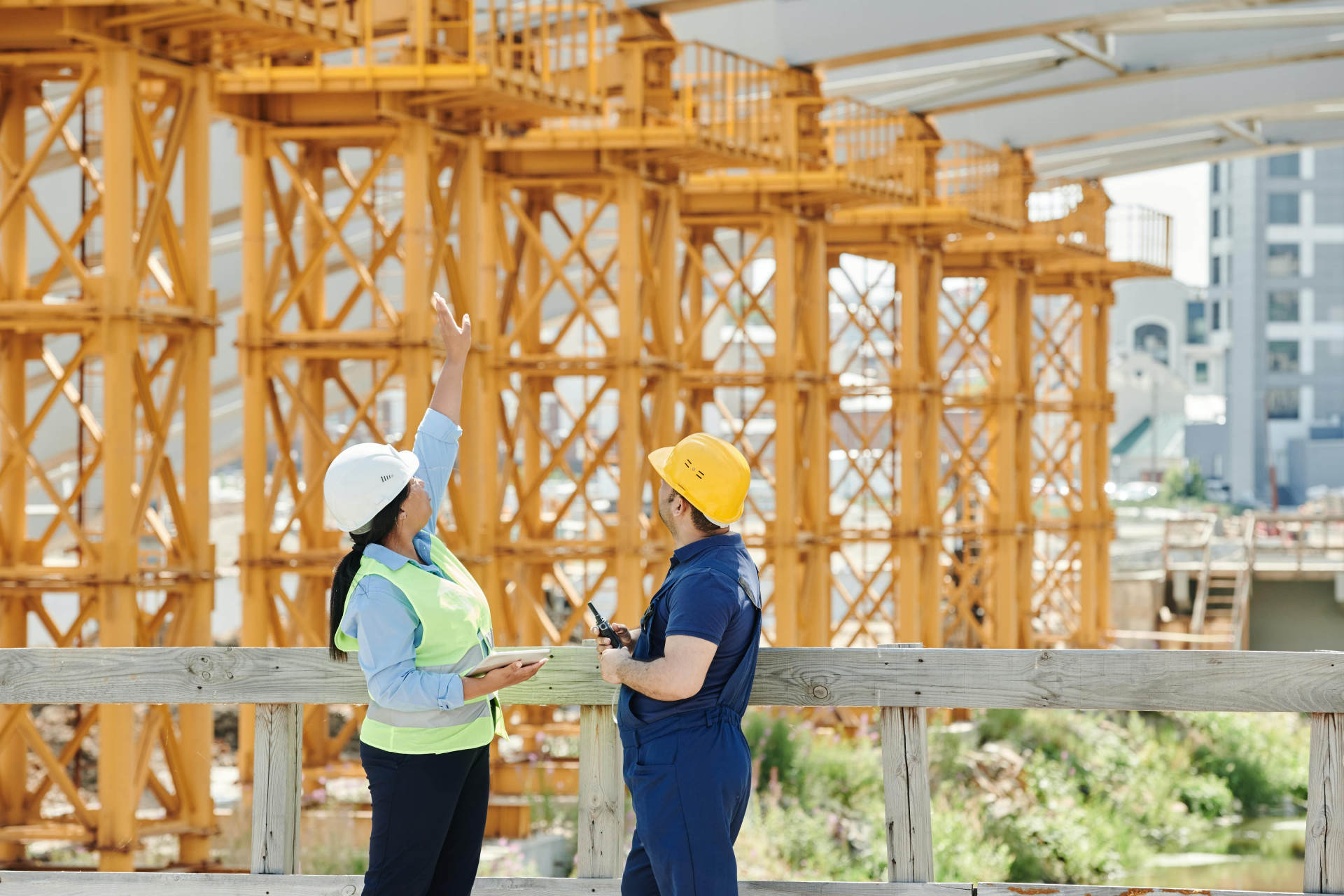Community Infrastructure Levy (CIL) And Development
When purchasing development land or obtaining planning permission to develop land already owned by you, it is important to consider the possibility of Community Infrastructure Levy (CIL) becoming payable as a result of the development.
Make an appointment
"*" indicates required fields

What is CIL?
When purchasing development land or obtaining planning permission to develop land already owned by you, it is important to consider the possibility of Community Infrastructure Levy (CIL) becoming payable as a result of the development.
The Community Infrastructure Levy Regulations 2010 came into effect on 6 April 2010. CIL is calculated on the size and character of the development. It is important to note that not all local authorities charge CIL and as such, the CIL charge may not affect your proposed development. The idea of the CIL charge is that the funds received by local authorities through CIL will be used to improve infrastructure to assist with the future development of the area.
Should an authority not submit a charging schedule for the area to which the development is to take place, CIL will not be chargeable and similarly to this, should planning permission be granted before any charging schedule takes effect, CIL will also not be chargeable. It is important to note however, that should the planning permission need to be re-submitted once a charging schedule has taken effect, despite the original planning permission being granted before this, you may be liable to pay CIL.
As detailed, CIL is calculated on the size and character of the development. It relates to the additional increase of internal floorspace and the existing floorspace will only be deducted should the building be in lawful use. Lawful use in this matter is that part of a building must be used for a continuous period of at least 6 months in the last 3 years which will end on the day in which planning permission first allows the development.
Should CIL be payable and it is not paid, the authority can take action and serve a CIL stop notice to require development to stop until such time as it has been paid or the notice has been withdrawn. Whilst authorities have the discretion to take this action, should they choose to, it is a criminal offence to go against this action. We would advise that a local search is carried out as part of your transaction which will ascertain if CIL is payable in the area of the development.
Who is responsible for paying CIL?
Those who ‘assume liability’ by submitting an assumption of liability notice to the authority will be responsible for paying CIL. This can include multiple parties and if so, they will be jointly and severally liable for the CIL. The notice must be served at least one day before the development commences. There are a number of definitions regarding the commencement of the development and essentially would be for a court to ascertain in each separate matter, however, should extensive searches be carried out, this may constitute the commencement of development for CIL purposes.
The authority will then serve a demand notice on those who are liable for the amount payable and when the CIL must be paid by. There are some exemptions to CIL liability and with each exemption, there are strict procedures and criteria that will need to be met.
It is important that if you are considering developing land within a CIL area you look at the planning permission and how this will be developed (i.e. in phases) as each matter can affect the amount of CIL payable.
We can help determine if you are liable to pay CIL
Should you wish to proceed with purchasing land which you wish to develop and you are concerned that CIL may be liable, we can assist you.
Book your Initial Consultation
0800 987 8156Request a Call Back
"*" indicates required fields
